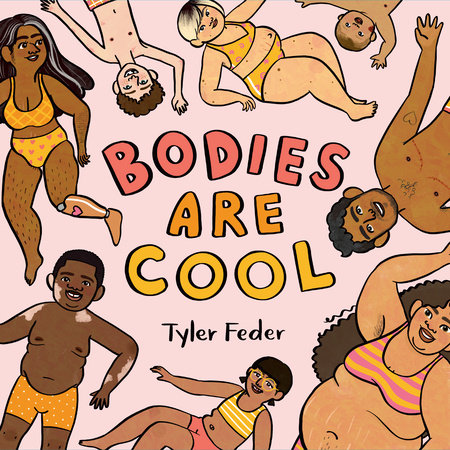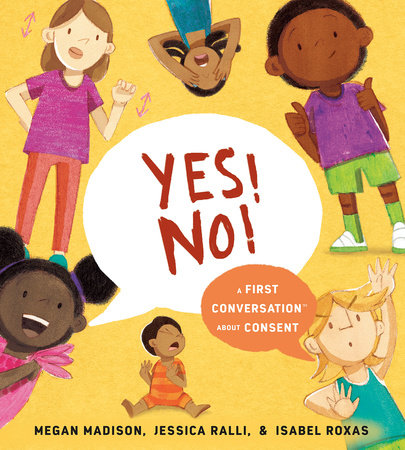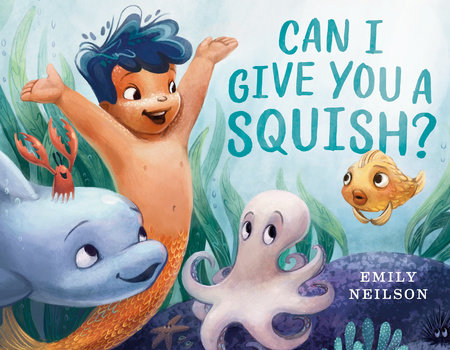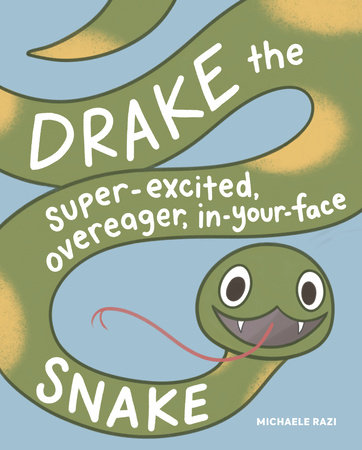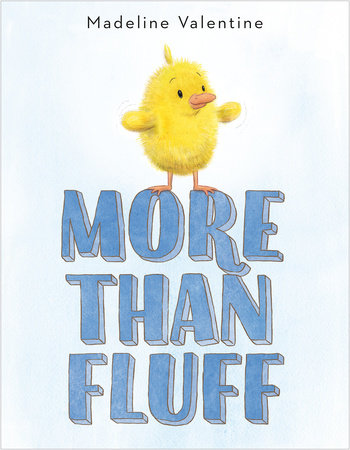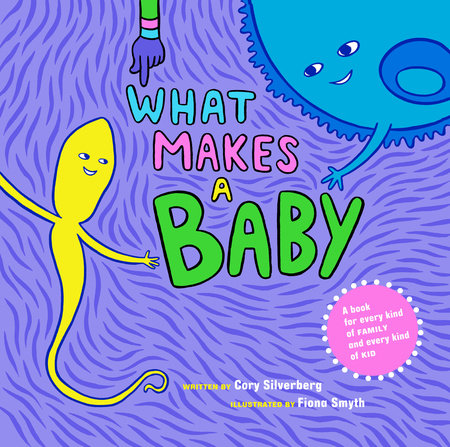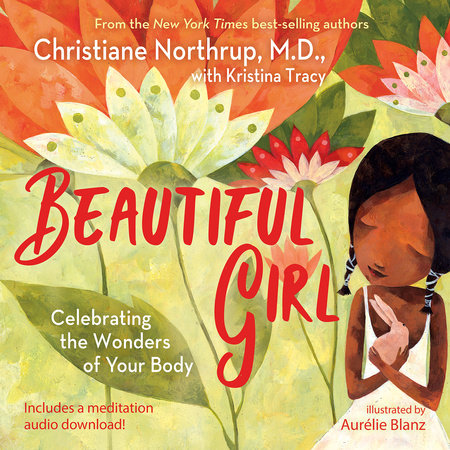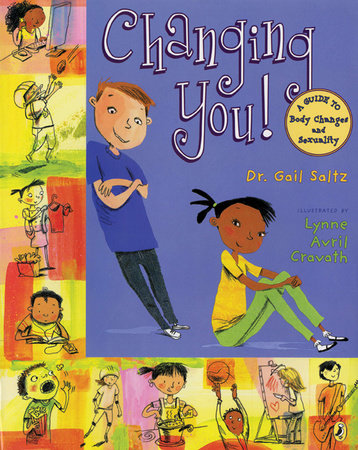Books To Help Start Conversations Around Bodily Autonomy and Consent
by Janssen Bradshaw
We all know how important it is to teach our kids about bodily autonomy, consent, and safety. But for many parents, these topics are hard to talk about, and we feel uncomfortable broaching them with our children.
If you are searching for an excellent way to start talking about body autonomy and consent, these picture books provide a perfect jumping-off point.
They open up discussions about bodies, personal space, and tricky situations and help our kids feel empowered to advocate for themselves and talk to us about these topics.
-
Don't Hug Doug
Available from:Doug hates hugs. He hates them in all shapes, sizes, and occasions. He’s more of a high-five kind of guy. In this delightful book, Doug teaches us how to tell if someone likes hugs or prefers something different.
Also available from: -
Bodies Are Cool
Available from:This preschool read-aloud will have everyone's attention as all types of bodies are discussed and illustrated. Showcasing the bodies we see every day at the park, the pool, at a party — all of which are different shapes, colors, and sizes. Kids will love this delightful book about body positivity!
Also available from: -
Yes! No!: A First Conversation About Consent
Available from:This research-backed book encourages informed and supported discussions about consent from a very young age. Colorful illustrations engage the reader in interpreting body language while age-appropriate text prompt discussions around bodily autonomy, the role of adults, what “no” can look like, and how to convey consent.
Also available from: -
Can I Give You a Squish?
Available from:Kai is a big hugger! The bigger, the squishier, and the more rambunctious it is, the better. Kai soon learns that not everyone loves gigantic, squishy hugs after he scares a pufferfish with his squeeze. Kai and his friends talk about the various kinds of affection they each favor because it’s okay to like different things.
Also available from: -
Drake the Super-Excited, Overeager, In-Your-Face Snake
Available from:Meet Drake, a friendly snake who loves playing with his friends. However, his over-eagerness and lack of permission when giving hugs make his friends uncomfortable. Join Drake as he learns new ways of showing affection and respecting boundaries in this fun and funny book about consent.
Also available from: -
More Than Fluff
Available from:Is there anything cuter than a fluffy chick? Daisy knows she’s soft, and it’s fun for others to touch her feathers, but that doesn’t mean she likes it. How can Daisy tell her friends to stop petting and squeezing her without hurting their feelings?
Also available from: -
Who Has What?
Available from:Kids are great at many things, but no one can hold a candle to their curiosity! This new book series, Who Has What?, is a cheerful and fun way to introduce your kids to the different body parts both boys and girls have. Bodies are a wonderful thing, and this picture book celebrates our differences!
Also available from: -
What Makes a Baby
Available from:What Makes a Baby picture book is informative and inclusive for any type of family to explain the process of conception, gestation, and birth. This book has simple, bright pictures with text to follow for anyone from preschool to eight years old. Also, check out Cory Silverberg’s, Sex is a Funny Word. Set up in comic book form, it provides an easy way to start some great, healthy conversations at home with an eight to ten-year-old.
Also available from: -
Beautiful Girl
Available from:Beautiful Girl is the perfect picture book to make sure girls know they are unique. Full of inspiring words of determination, this book will help instill a mental image of confidence and love for anyone who reads it.
Also available from: -
Changing You!
Available from:Dr. Gail Saltz, author of the bestselling book Amazing You!, is back again with a children’s picture book focused on puberty for elementary school students. This book covers all the topics young children get curious (or scared) about as they start to notice changes in their bodies.
Also available from:
Editor’s Note: This article was originally published in 2021 and updated in 2024.


